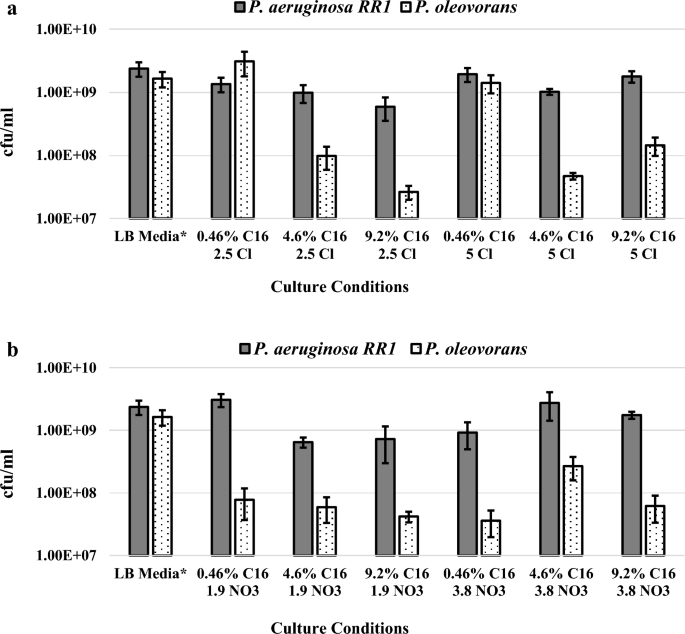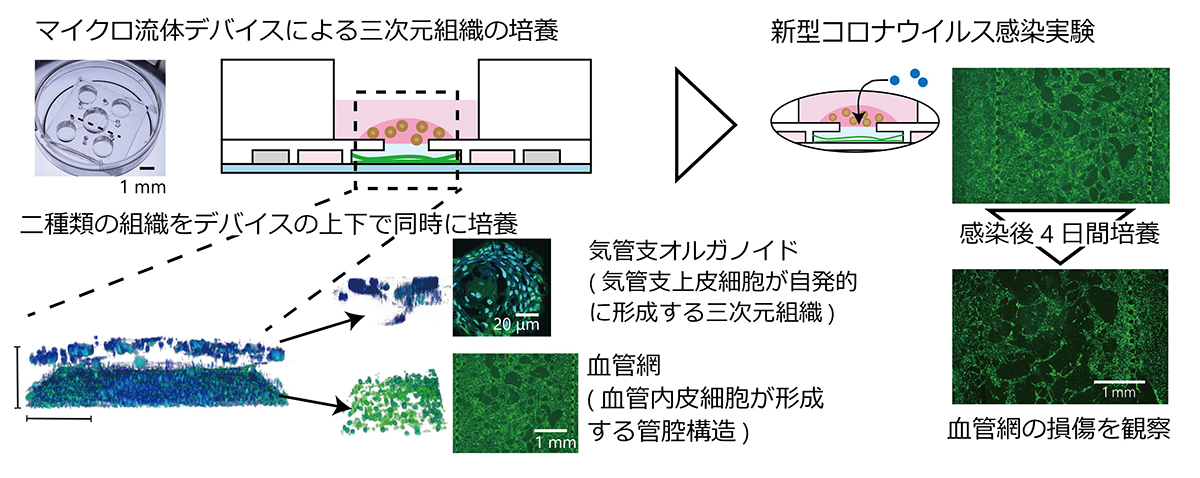2024-01-24 レンセラー工科大学 (RPI)
◆この革新的なプロセスは低エネルギーであり、有害な化学物質の使用も不要で、将来的な再生可能資源とプラスチック汚染の回避に向けた取り組みに寄与する可能性があります。ただし、効率的な生産手法の確立が必要であるとして、今後の研究が進められる予定です。
<関連情報>
- https://news.rpi.edu/2024/01/24/rpi-researchers-engineer-bacteria-eat-plastic-make-multipurpose-spider-silk#
- https://microbialcellfactories.biomedcentral.com/articles/10.1186/s12934-023-02220-0
微生物プラットフォームを使ってポリエチレンを組換えタンパク質に2段階変換 Two-step conversion of polyethylene into recombinant proteins using a microbial platform
Alexander Connor,Jessica V. Lamb,Massimiliano Delferro,Mattheos Koffas & R. Helen Zha
Microbial Cell Factories Published:17 October 2023
DOI:https://doi.org/10.1186/s12934-023-02220-0

Abstract
Background
The increasing prevalence of plastic waste combined with the inefficiencies of mechanical recycling has inspired interest in processes that can convert these waste streams into value-added biomaterials. To date, the microbial conversion of plastic substrates into biomaterials has been predominantly limited to polyhydroxyalkanoates production. Expanding the capabilities of these microbial conversion platforms to include a greater diversity of products generated from plastic waste streams can serve to promote the adoption of these technologies at a larger scale and encourage a more sustainable materials economy.
Results
Herein, we report the development of a new strain of Pseudomonas bacteria capable of converting depolymerized polyethylene into high value bespoke recombinant protein products. Using hexadecane, a proxy for depolymerized polyethylene, as a sole carbon nutrient source, we optimized media compositions that facilitate robust biomass growth above 1 × 109 cfu/ml, with results suggesting the benefits of lower hydrocarbon concentrations and the use of NH4Cl as a nitrogen source. We genomically integrated recombinant genes for green fluorescent protein and spider dragline-inspired silk protein, and we showed their expression in Pseudomonas aeruginosa, reaching titers of approximately 10 mg/L when hexadecane was used as the sole carbon source. Lastly, we demonstrated that chemically depolymerized polyethylene, comprised of a mixture of branched and unbranched alkanes, could be converted into silk protein by Pseudomonas aeruginosa at titers of 11.3 ± 1.1 mg/L.
Conclusion
This work demonstrates a microbial platform for the conversion of a both alkanes and plastic-derived substrates to recombinant, protein-based materials. The findings in this work can serve as a basis for future endeavors seeking to upcycle recalcitrant plastic wastes into value-added recombinant proteins.


